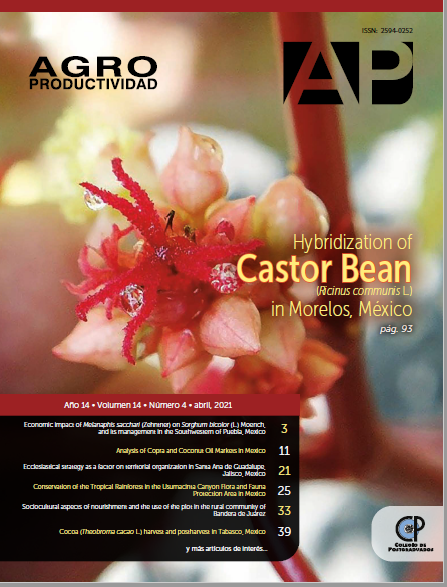Ecclesiastical as a factor of territorial organization in Santa Ana de Guadalupe, Jalisco, México
Main Article Content
Keywords
local development, social actors, religious activities.
Abstract
Objective: The objective was to study the territorial organization strategy of local actors; church, government and population that influence and current organization of the Santa Ana de Guadalupe locality through the canonization of priest Toribio Romo.
Design/methodology/approach: The local development methodology was applied, through specific interviews with representatives of social actors, church, government, and population.
Results: It was found that the infrastructure and equipment of the Sanctuary that receives more than 700 thousand visitors a year, presents potentials, strengths and limitations in the locality. Through the analysis of the territory in the economic, political, socio-cultural and environmental axes. It is shown that local development is a process of the growth and structural change where the interest of the locality is to increase employment, satisfy the needs and demands of pilgrims, as well as the proper use of local resources and potential to improve the standard of living of the population.
Limitations on study/implications: The strategies of cooperation and knowledge of the ecclesiastical actors together with the government and the local population through organization contribute to the transformation of Santa Ana de Guadalupe.
Findings/conclusions: It was observed that social actors (church, government and population) actively collaborate, specifically in ecclesiastical activities for the development of strategies (organization, cooperation) for encourage local development.

